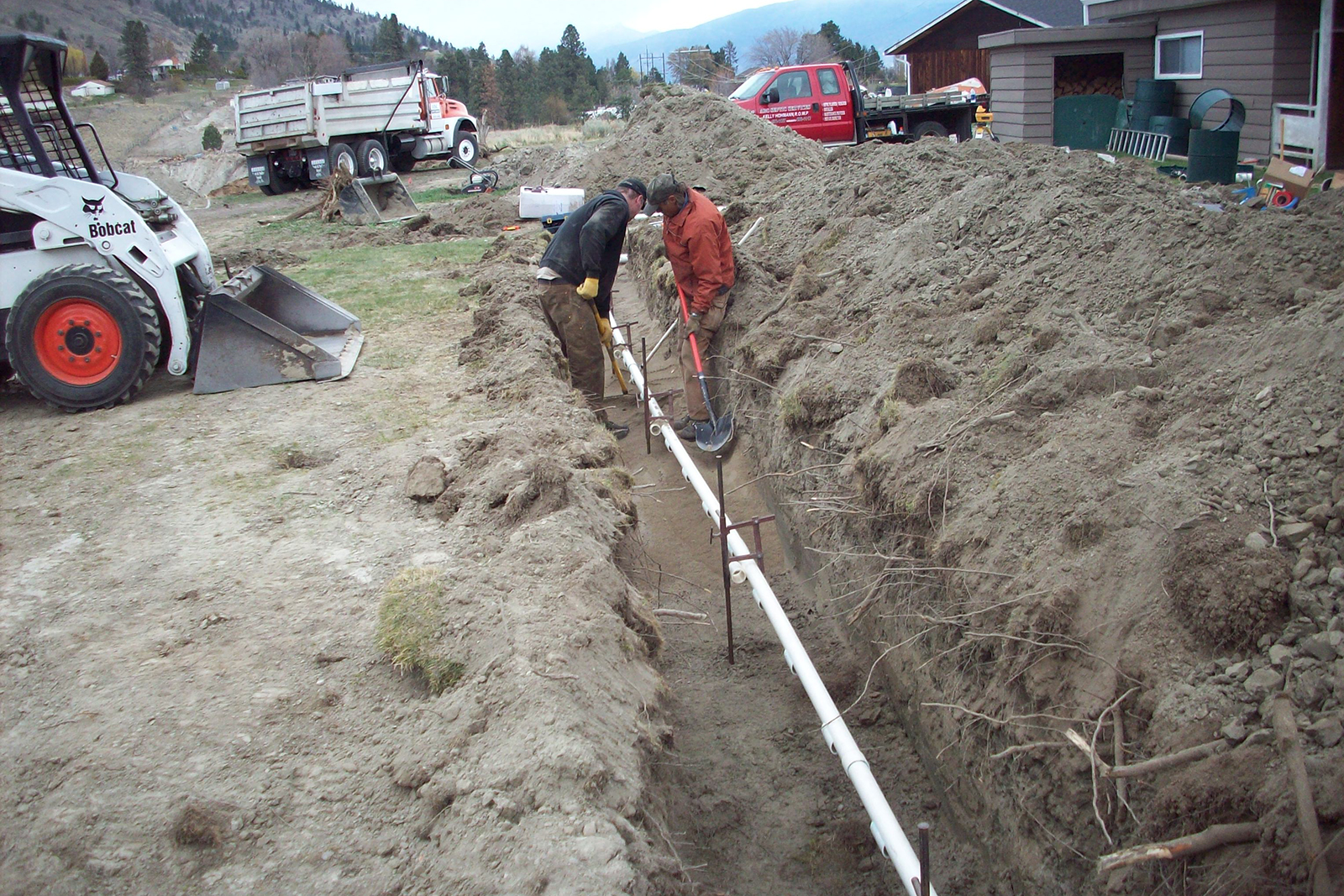Knowing the costs associated with maintaining the septic tank is crucial. Understanding the costs that could be incurred can aid you in budgeting efficiently and avoid any unexpected costs. There are various factors that contribute to the septic system cost.

The cost of installing the septic tank as well as the leach field will vary in relation to several important aspects. The size of the septic system is a major consideration. The cost will rise for larger houses and homes. Also, soil conditions and the topography of an area can influence the complexity of the installation process and also the cost. The soil conditions could be difficult, and will require additional excavations or special treatment methods. This can increase the cost.
Another element that determines cost of a septic tank is the design of the septic tank and leach field systems that are selected. Prices vary according to the material and design. Concrete tanks are cheaper than other alternatives, such as plastic or fiberglass tanks. Advanced treatment systems as well as environmentally friendly options can be expensive, yet they offer advantages such as improved wastewater treatment or increased water conservation.
Although the initial cost for installing a leach field and septic tanks is a substantial financial investment, you must think about long-term costs of maintenance and replacement. The lifespan of a tank for septic is between 25 and 30 years based on the variables like use maintenance, materials as well as other factors. In time it is possible that a septic system will require repairs or replaced. In calculating the cost for replacing a septic tank it’s crucial to consider not only the tank but also the associated labor and any upgrades required in order to keep up with the latest rules.
The cost of replacing the septic system is determined by the type of tank and its size, and also how complicated the installation. In some cases to remove the tank that was previously used and dispose of it in a proper manner and also prepare the area for a new installation. If regulations have changed since the initial installation you could incur extra costs to bring your new septic up to code.
Regular maintenance of the septic system and inspections are crucial to ensure smooth replacement as well as to avoid any unexpected costs. Routine inspections can lead to the early identification of any potential issues which could lead to rapid repairs, and also extend the life of your septic system. The tank should be pumped regularly to prevent the accumulation of solids and damage.
If you’re planning for septic system installation or replacement it is advisable to request estimates from several reliable contractors. Check these estimates to get a better idea of what the cost average is in your local area. This will help you make a better decision. Additionally, be sure to inquire about any warranties or guarantees that the contractor offers for their work and the material used.
Understanding the cost of replacing a septic tank and the total cost of the septic system is vital for homeowners and property owners. Consider factors such as the size of your tank the materials used, soil conditions and any potential future costs when planning a new septic field or tank. Regular inspections, maintenance and proper care are key to extending the life span of your septic system and minimizing future costs. Remember that a well functioning septic system isn’t just important for the management of wastewater and maintenance, but it also adds value to your home.
